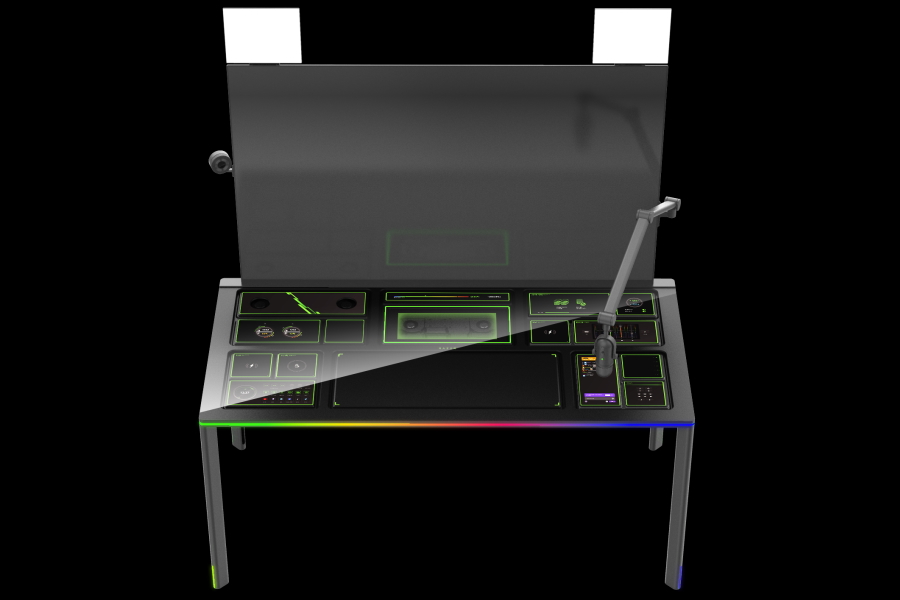This is not the first time that Razer has tinkered around the idea of having modular components. Back in 2014, the company brought along Project Christine to CES which was a conceptual desktop gaming PC that features swappable components. For Project Sophia, Razer essentially redesigned a motherboard from a Blade gaming laptop and then integrates it into a desk. The company’s CEO, Min-Liang Tan tweeted that the desk’s CPU/GPU module carries an NVIDIA GeForce RTX 3080 Ti graphics. Razer noted that the upgradable Intel Core CPU and NVIDIA GeForce GPU combo module is being contained within a slim chassis that is magnetically mounted under Project Sophia’s glass tabletop. This is so that users can easily take it out whenever they need to implement upgrades to the module. It would not be a Razer product if it does not come with Chroma RGB spectacle, so the company has also lined the glass tabletop with customisable LEDs. At the same time, the company also said that Project Sophia is able to support up to 13 modules at a time. Among modules that Razer has envisioned for the desk includes a dedicated discrete GPU, RAID controller, network performance, THX sound controls, wireless charger, Thunderbolt 4 hub, media controls, programmable hotkeys, touchscreen digitizer, and even beverage warmer. As for the display, Project Sophia was designed with 65-inch and 77-inch OLED screens in mind. Being a concept system, it remains to be seen whether Razer will turn Project Sophia into an actual end-user product. Nevertheless, we will not be surprised if some of its elements made their way into future Razer products. (Source: Razer – [1][2].)

